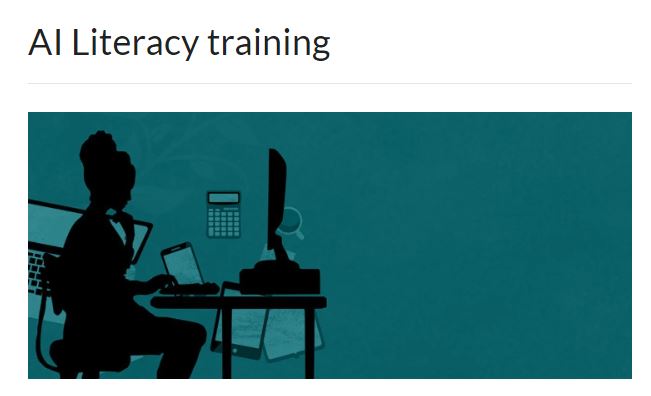‘Embrace generative AI in your teaching toolkit by staying curious, experimenting with new tools, and focusing on how these innovations can simplify tasks and enrich student learning experiences.’ – ChatGPT
This is the final part in our series on sharing the resources from our AI Literacy training. We hope you have found these posts useful 😊. This week we’re bringing you our Ten Top Tips for helping you to use GenAI effectively:
- Bear in mind the strengths and limitations of GenAI. Always remember that AI tools are subject to hallucination and bias.
- Safety first! Never upload student or colleague work or anything containing personal data unless you know BU and the tool provider have a data security agreement (e.g. Turnitin).
- Generic tools like ChatGPT and Google Gemini are good, but remember that you can also use more specialist tools, for example for generating quizzes or PowerPoints.
- It’s very difficult to evidence AI-generated student work with sufficient reliability. One way to deal with academic integrity is to use authentic assessments that are more AI-resistant.
- Use GenAI sustainably. Think of the environment and your own wellbeing.
- While major technological change impacts on the nature of jobs, it changes rather than replaces them. We can prepare students for the AI-enabled workplace through teaching.
- Remember the importance of data privacy and data security.
- Most use cases for AI do not raise data issues. Don’t be put off innovating! Just… innovate carefully.
- Maintain AI-free tasks and spaces in order to mitigate the possible cognitive effects of AI-use.
- Interact respectfully with GenAI tools in order to be sure of maintaining empathy.
Further help and guidance
You can find the full set of AI Literacy Resources on our Brightspace Online Training pages. For further help and advice, talk to your Faculty Learning Technologist.









